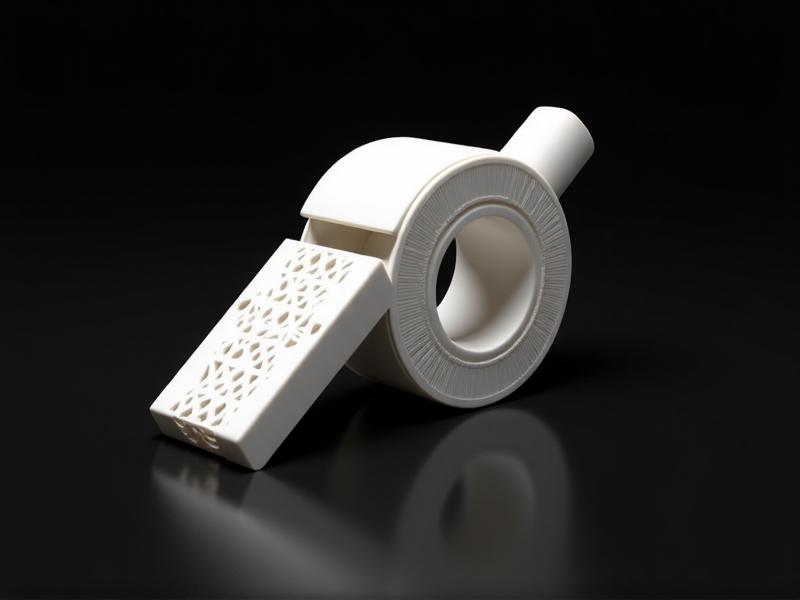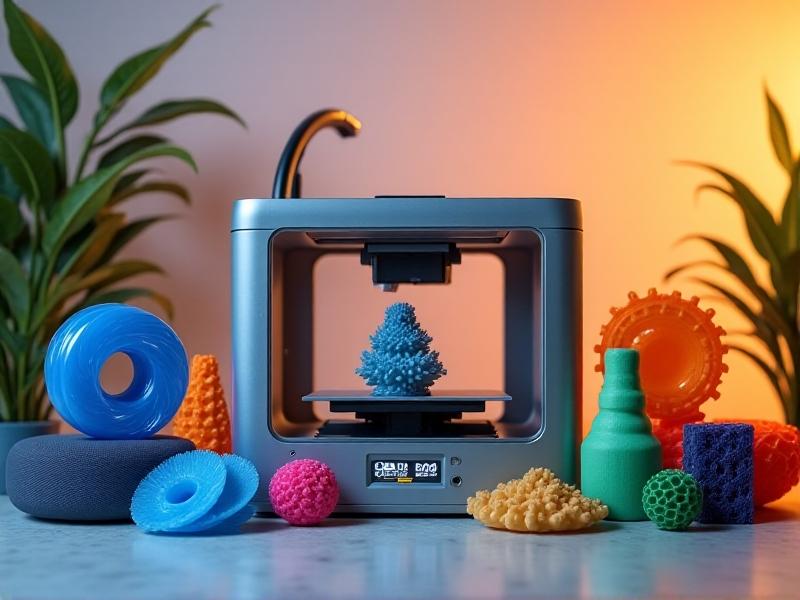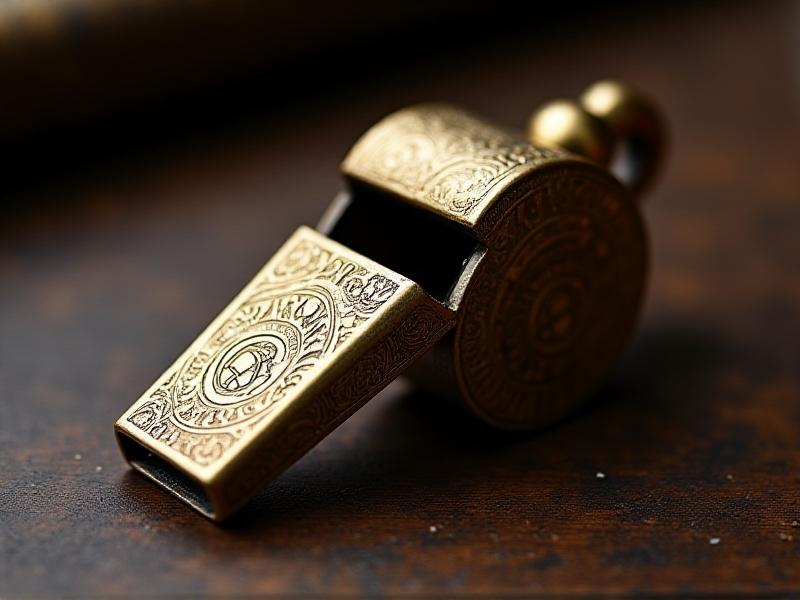Identifying Counterfeit Victorian-Era Railway Whistles
Understanding Victorian-Era Railway Whistles
Victorian-era railway whistles are fascinating artifacts that offer a glimpse into the history of rail transport during the 19th century. These whistles were not just functional tools for signaling but also symbols of the technological advancements of the time. Crafted from materials like brass, copper, and sometimes silver, they were designed to produce a distinct, piercing sound that could be heard over long distances. Understanding their design, materials, and manufacturing techniques is crucial for identifying authentic pieces.

Common Characteristics of Authentic Whistles
Authentic Victorian-era railway whistles share several common characteristics that set them apart from modern replicas or counterfeits. Often featuring the manufacturer's name, serial numbers, or railway company insignia, they have exact engravings. The materials used are typically high-quality metals, and the construction shows signs of hand-finishing. Additionally, the sound produced by these whistles is unique, often described as sharp and resonant. Examining these details can help collectors distinguish genuine pieces from fakes.
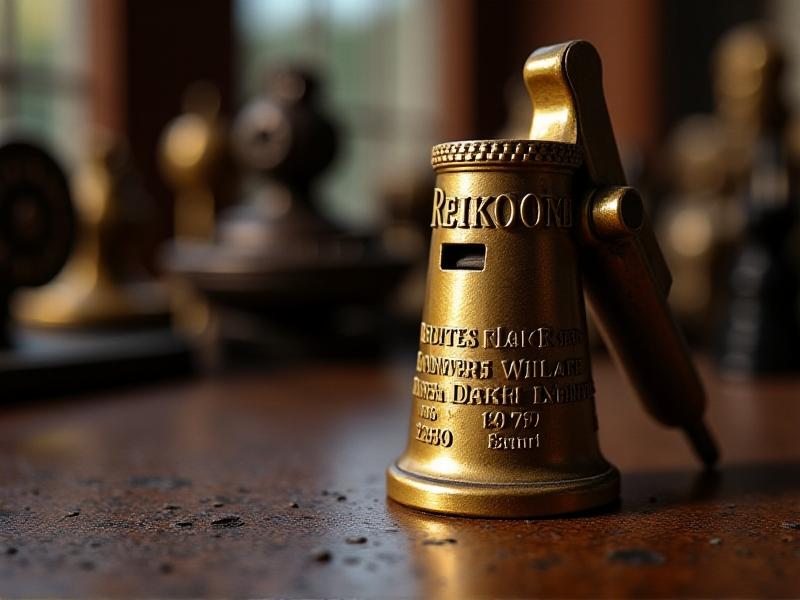
Identifying Counterfeit Whistles
Counterfeit Victorian-era railway whistles often lack the fine details and quality materials of authentic pieces. They may have poorly executed engravings, inconsistent patina, or modern manufacturing marks. The sound produced by counterfeit whistles is often dull or inconsistent. Additionally, counterfeiters may use materials like plated steel instead of solid brass or copper. Careful inspection of these elements, along with knowledge of historical manufacturing techniques, can help identify fakes.
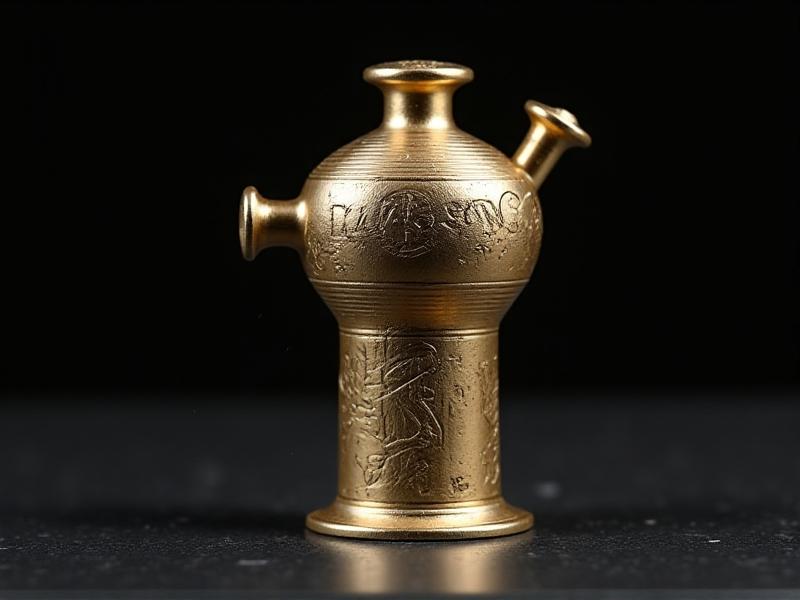
Historical Context and Manufacturing Techniques
The Victorian era was a time of rapid industrialization, and railway whistles were produced using both traditional and emerging manufacturing techniques. Many whistles were handcrafted by skilled artisans, while others were produced using early forms of mass production. Understanding these techniques, such as casting, stamping, and engraving, can provide valuable insights into the authenticity of a whistle. Historical records and manufacturer catalogs can also offer clues about the origins and production methods of these items.
Tips for Collectors and Enthusiasts
For collectors and enthusiasts, identifying authentic Victorian-era railway whistles requires a combination of knowledge, research, and attention to detail. Start by familiarizing yourself with the characteristics of genuine whistles and studying historical records. When examining a potential purchase, look for signs of quality craftsmanship and age. Talking to professionals or participating in collector groups can also offer insightful analysis and guide one away from expensive errors. Remember, patience and diligence are key to building a collection of authentic pieces.
Preserving and Caring for Your Collection
Once you’ve acquired authentic Victorian-era railway whistles, proper care and preservation are essential to maintain their value and condition. Store them in a dry, temperature-controlled environment to prevent corrosion or damage. Avoid excessive handling, and clean them gently using appropriate methods to preserve their patina. Showing your collection in a safe cabinet or case helps to keep it free from dust and unintentional damage. By taking these steps, you can ensure that your whistles remain in excellent condition for years to come.
Conclusion: The Art of Authenticity
Identifying counterfeit Victorian-era railway whistles is both a science and an art. It requires a deep understanding of historical context, manufacturing techniques, and the subtle details that distinguish authentic pieces from fakes. For collectors and enthusiasts, this process is not just about acquiring valuable items but also about preserving a piece of history. By honing your skills and knowledge, you can become a discerning collector and contribute to the appreciation of these remarkable artifacts.




